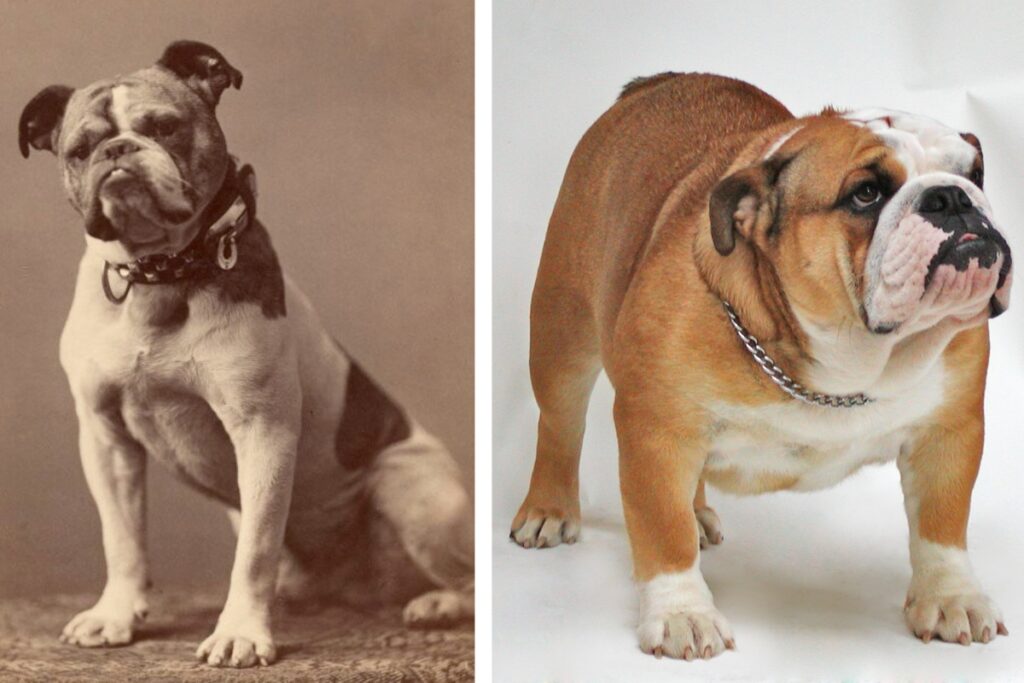
Over the past century, selective breeding has significantly altered the appearance of many popular dog breeds. Breeders often prioritize specific traits for aesthetics, work, or companionship, creating physical changes—some more dramatic than others. Here’s a look at ten breeds that have transformed over the last 100 years, for better or worse.
1. Pugs: From Longer Noses to Flat Faces
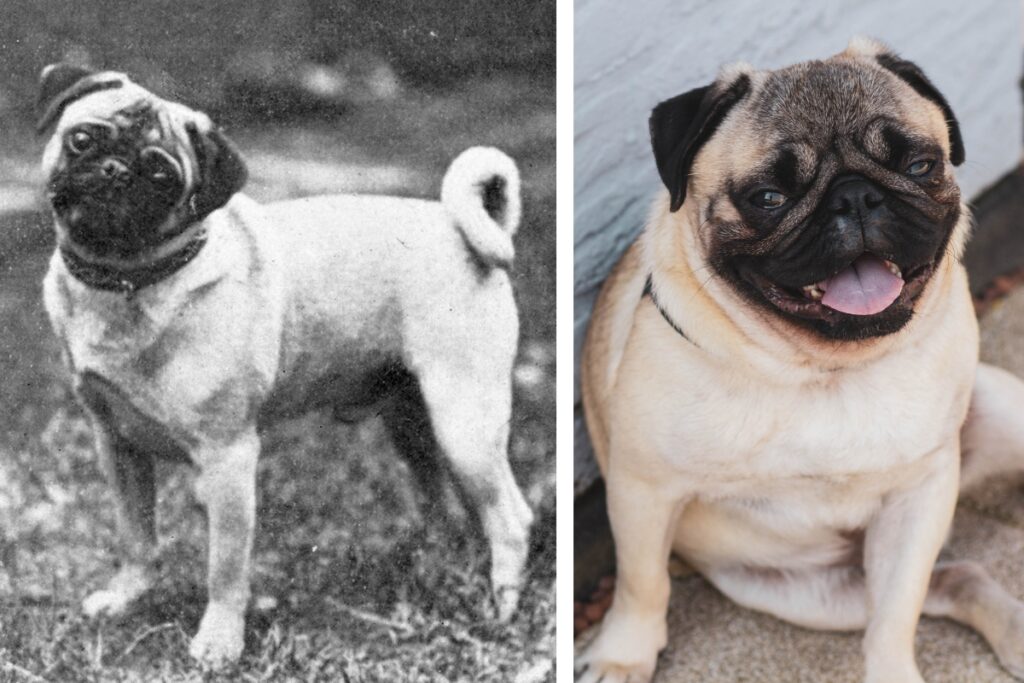
A century ago, pugs had longer snouts, leaner bodies, and a healthier build. Selective breeding has resulted in shorter noses and larger eyes, creating a distinct look that many find adorable. Sadly, this flattened face structure has compromised their breathing, making them susceptible to respiratory problems like brachycephalic airway syndrome. They also face eye issues due to the prominence of their eyes, now more prone to injury and infection. Pugs may have retained their friendly nature, but these physical changes have had a severe impact on their health.
2. Bull Terriers: From Slender to Stocky
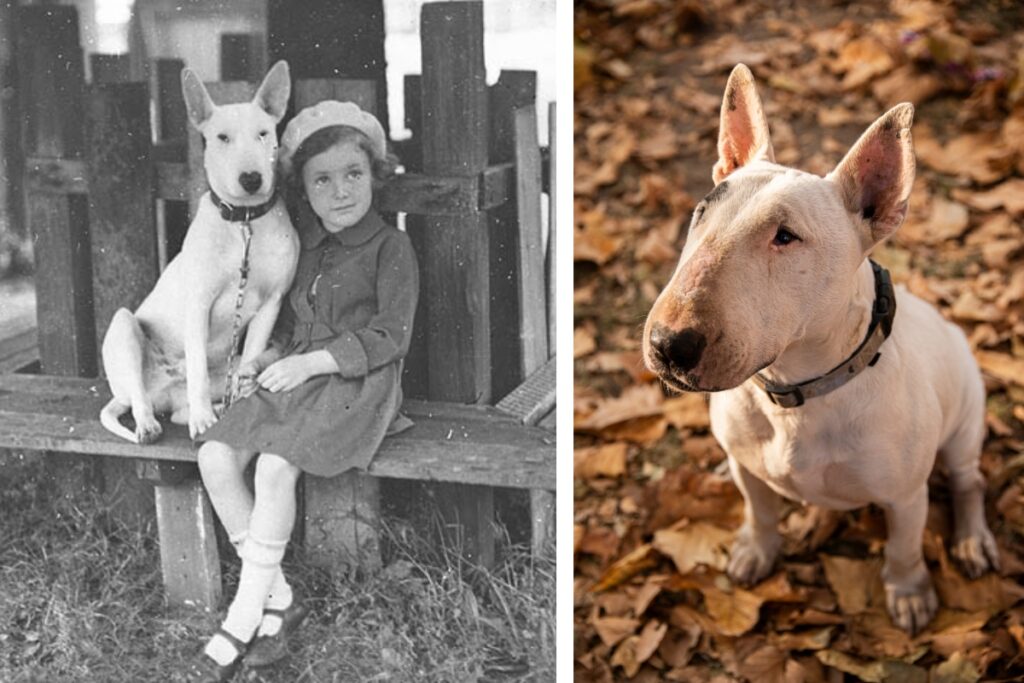
Originally, bull terriers had narrower faces and longer legs, giving them a lean, athletic frame. Over time, breeders sought a more muscular build and a distinctive egg-shaped head, resulting in the modern bull terrier we know. This shorter nose and broader jaw can, unfortunately, lead to dental overcrowding, while the stockier build often causes joint issues. Bull terriers maintain their high energy and playful demeanor, but the changes in their anatomy come at a cost to their physical well-being.
3. German Shepherds: Stronger, Not Healthier
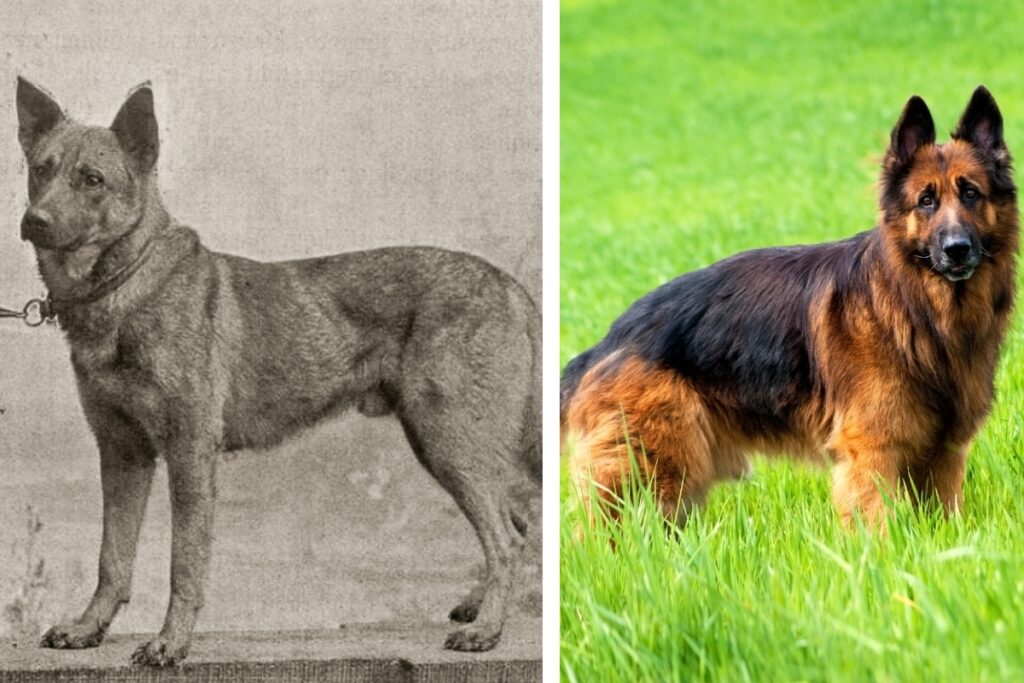
In the early 20th century, German Shepherds had a more balanced frame with a straight back, ideal for herding and police work. Today’s Shepherds are bred with a lower, sloping back, which gives them a distinctive silhouette but has also introduced a predisposition to hip dysplasia and arthritis. These issues make it harder for them to perform high-energy activities as they age. Although the breed remains a top choice for working roles, the aesthetic shift has had notable effects on their overall health, longevity, and mobility.
4. Dachshunds: Longer Bodies, Shorter Legs
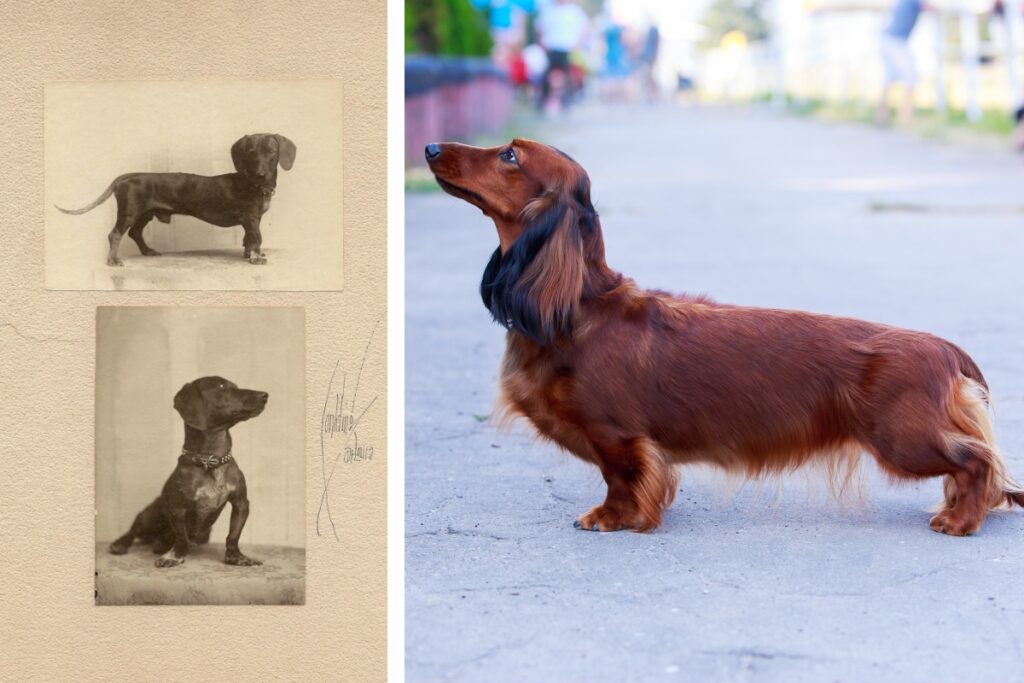
Dachshunds, originally bred as hunting dogs, used to have a slightly shorter body and longer legs, allowing for much greater agility. Today’s dachshunds are recognized by their extended spines and short legs, making them more prone to back issues like intervertebral disc disease. While their elongated sausage shape may be cute, it puts stress on their spine, making regular vet check-ups essential. Regardless, dachshunds remain a beloved breed known for their playful and spirited personalities.
5. Basset Hounds: Shorter Limbs, Longer Ears

A hundred years ago, basset hounds had slightly shorter ears and a more proportionate frame. Modern bassets have long, droopy ears and very short legs, giving them their unique look but also making them prone to ear infections and joint pain. Their excessive skin folds create a droopy face that can be endearing, but it also leads to skin irritation and infections. Basset hounds remain popular for their gentle temperament, but these physical changes mean that owners need to pay special attention to their health.
6. Boxers: Faces Getting Flatter
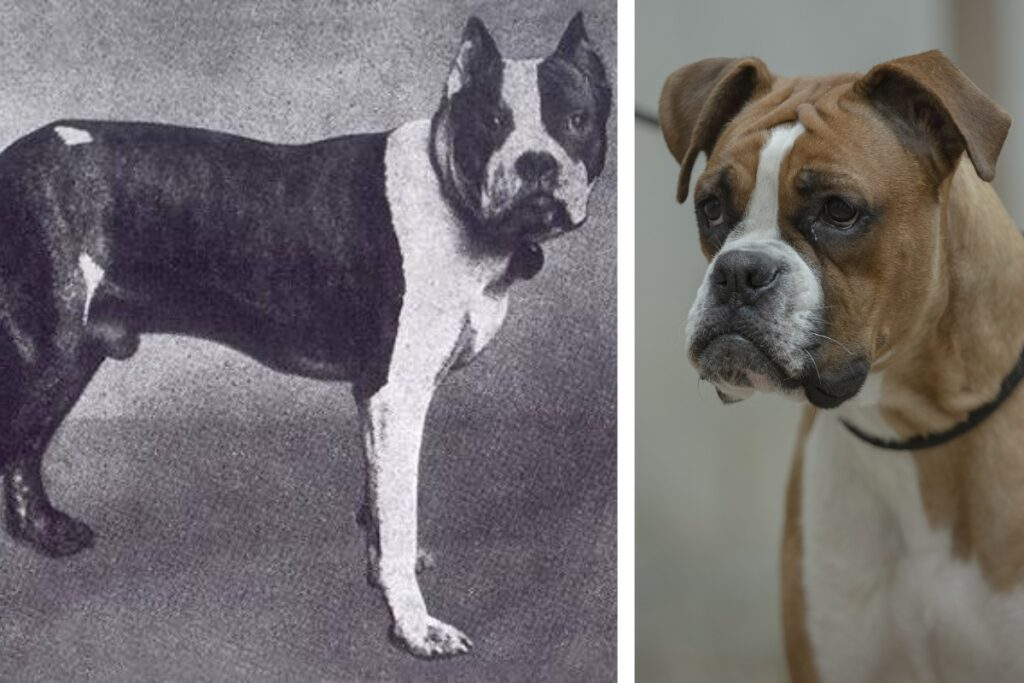
Boxers, initially bred with longer snouts, had better airflow and far fewer health complications than today’s versions. Modern breeding practices have shortened their noses, making their faces more compact. While this gives them a charming look, it also leads to respiratory issues that affect their endurance. Boxers are known for their high-energy, playful personalities, but these structural changes have made it necessary to monitor their exercise and exposure to heat closely, as they’re more prone to overheating.
7. Great Danes: Even Bigger Than Before
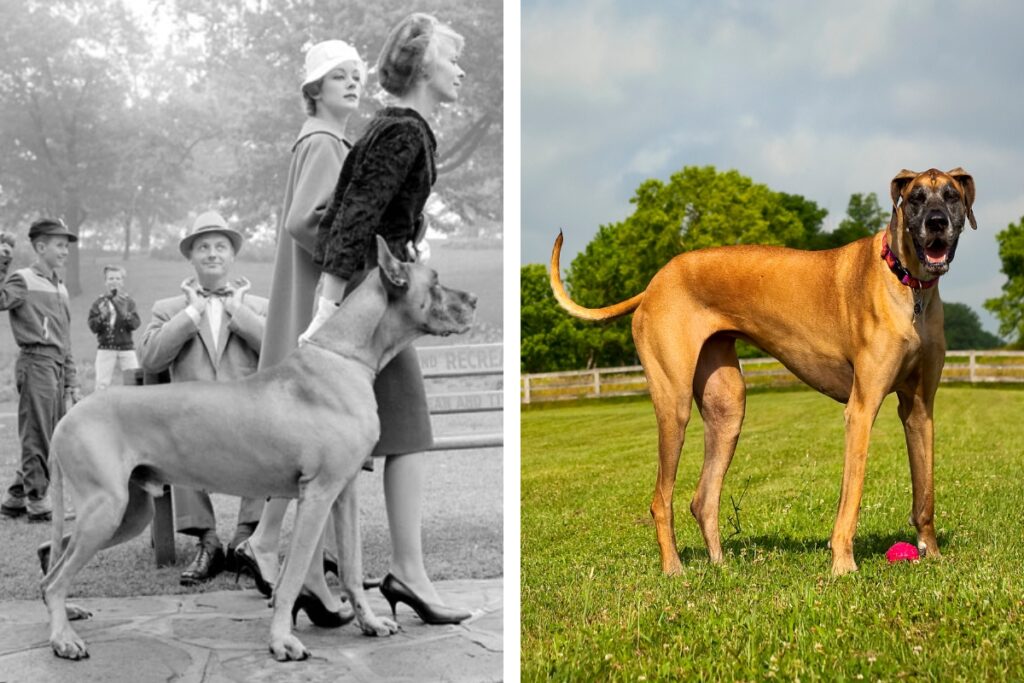
A century ago, Great Danes were large, but not quite as towering as they are today. Breeders have focused on increasing their height and weight, and today, some males can weigh up to 175 pounds. Although their impressive stature gives them a regal air about them, their size also leads to shorter lifespans and common health issues like hip dysplasia and heart disease. However, the gentle and friendly Great Dane is still a popular breed despite the health concerns associated with their massive frames.
8. Rottweilers: More Bulk and Power
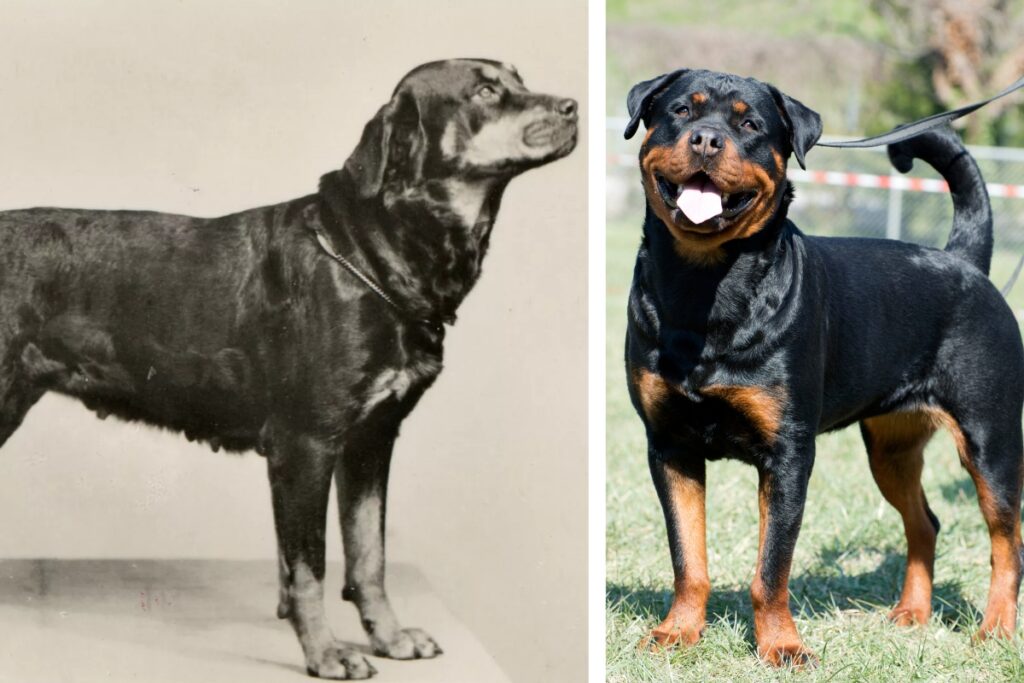
Rottweilers from 100 years ago had a more streamlined and agile build suited for herding cattle. Over time, breeders developed a bulkier frame, a wider jaw, and a shorter snout, which gave them an overall more powerful appearance. While these changes make them strong guard dogs, they also make the breed more prone to hip dysplasia and obesity. Modern Rotties still possess their loyal and protective instincts, but owners need to be mindful of their physical health to ensure they stay active and fit.
9. Chow Chows: Extra Fluff, Extra Weight
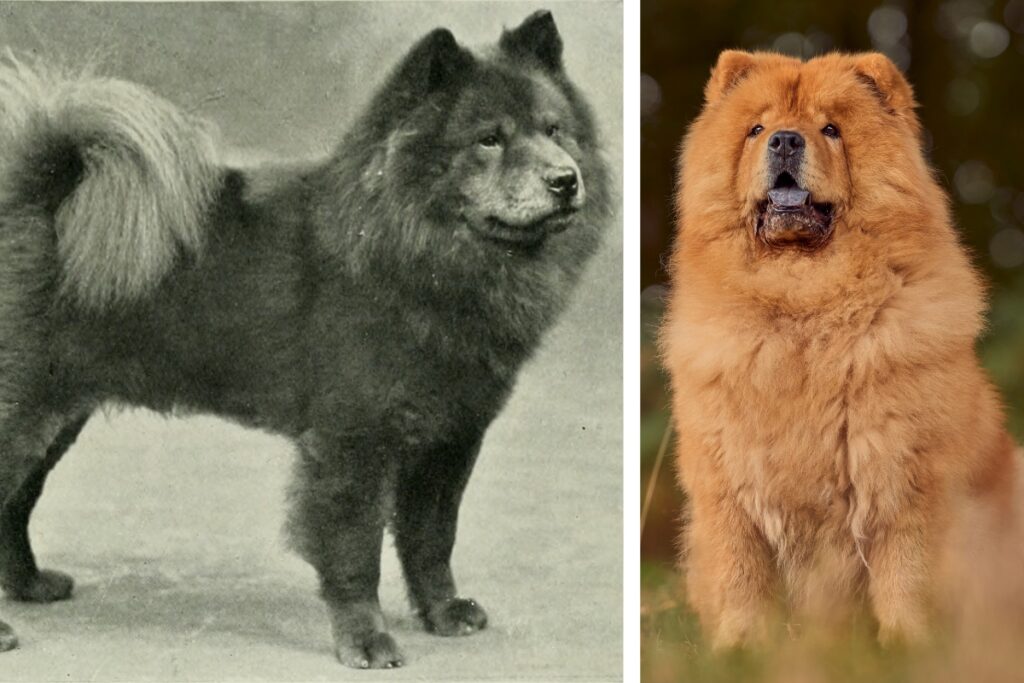
Chow Chows of the last century were slightly leaner, and their coats were less dense. Today, they are bulkier and have a much thicker double coat, which was developed for colder climates but can make them prone to overheating in warmer areas. These changes in coiffure have made regular grooming essential to prevent matting and skin infections. The breed’s increased size and fluff add to their adorable bear-like appearance, but they’re not at a higher risk for hip and joint issues, making careful breeding and vet check-ups important.
10. Dobermanns: Toned Down Aggression
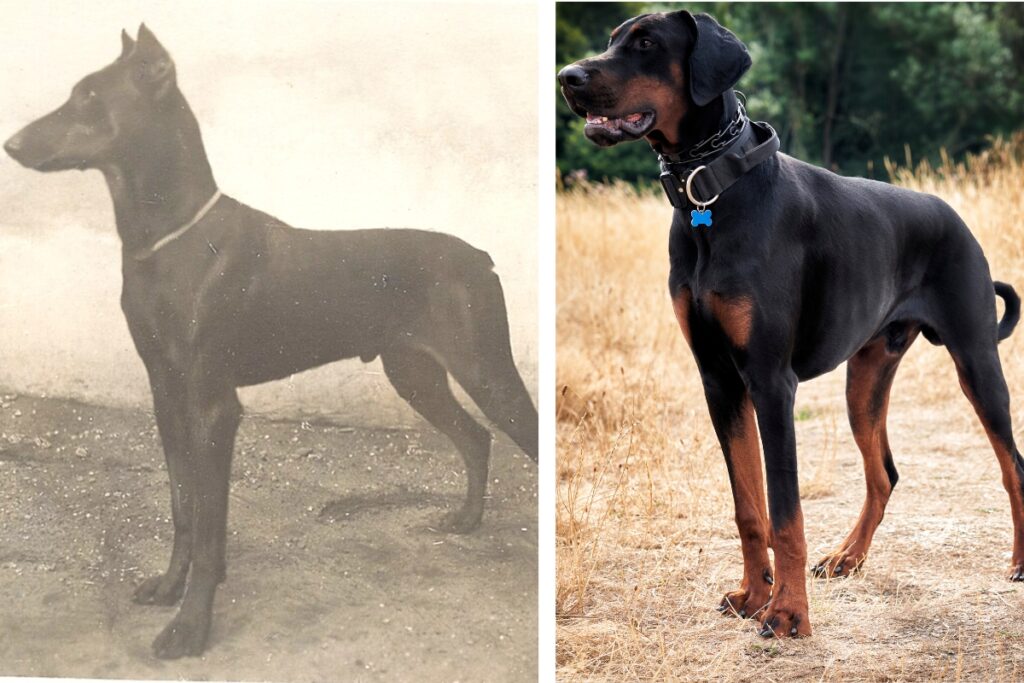
Dobermanns were originally bred with a muscular build and cropped ears to look more intimidating as guard dogs. Over time, breeders have selected for a sleeker, leaner body and a less aggressive temperament to make them better suited for families. In many countries, ear cropping is now illegal, giving modern Dobermanns a softer appearance. Despite these changes, they remain loyal and protective, though some still suffer from inherited health issues like cardiomyopathy and hip dysplasia.







